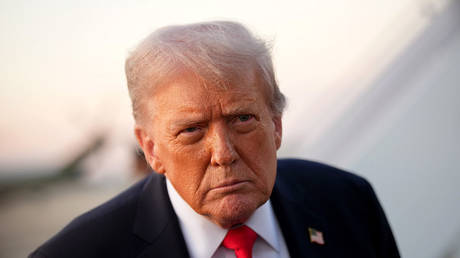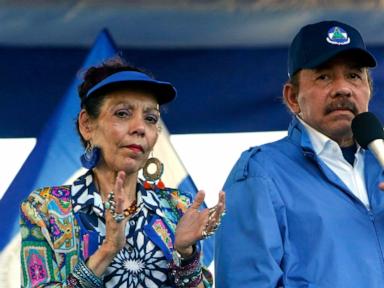ARTICLE AD BOX

President Donald Trump pledged to reduce the high cost of drugs, but he likely didn't mean the cost of cocaine.
A Wall Street Journal report on Wednesday revealed that Trump's mass deportation operations have removed important agents from those in U.S. Customs and Border Protection stationed at the U.S.-Mexico border.
The report spoke with 59-year-old Nemesio “Mencho” Oseguera, a new drug king in Mexico, stashed away in closely guarded mountains in the heart of the Sierra Madre. For decades, he has worked to build the Jalisco New Generation Cartel while other cartels are warring with each other.
Oseguera has caught a "break from the Trump administration," as described by the Journal. While Trump's agents are focused on deporting migrants, fewer federal agents are dealing with "drug-traffic interdiction."
"In Arizona, two Customs and Border Protection checkpoints along a main fentanyl-smuggling corridor from Mexico have been left unstaffed," the report revealed. "Officers stationed there were sent to process detained migrants. A senior administration official said the U.S. border is more secure than it has ever been."
Meanwhile, Colombia is making "record amounts of cocaine," said the report. The availability is now dropping prices.
"Cocaine prices have fallen by nearly half to around $60 to $75 a gram compared with five years ago," the Journal reported, citing Drug Checking Los Angeles researcher Morgan Godvin.
“The price of pure cocaine has plummeted,” Godvin noted.
The top fentanyl traffickers in Mexico are the Sinaloans, who were caught by Trump's crackdown. However, their absence has allowed an "open field for Jalisco."
While the U.S. is trying to catch Oseguera, with a $15 million bounty, the report said he rarely leaves the mountain and his guards are armed with "heat-seeking, shoulder-fired rocket launchers capable of piercing a tank," among other things, the report said.
Sinaloa cartel leader Joaquín “El Chapo” Guzmán was extradited to the U.S. in January 2016, and his sons inherited the operation. While they were moving a variety of drugs like cocaine and heroin, they switched largely to fentanyl, the report said. It noted that it's easier to produce and smuggle.
In December, Oseguera sat down with Sinaloa's faction led by the Guzmán sons, noting he was willing to supply them with weapons, cash, and fighters if they could use the cartel's smuggling routes and tunnels into the U.S., the report said, citing those familiar with the meeting. They also divided up the drug trafficking. The Guzmán sons would handle fentanyl, and the Oseguera would focus on cocaine and meth.
.png)
 1 hour ago
1
1 hour ago
1








 English (US)
English (US)